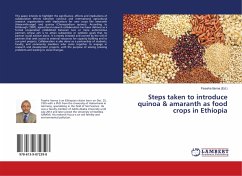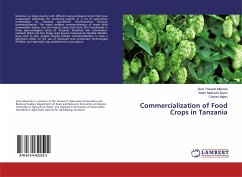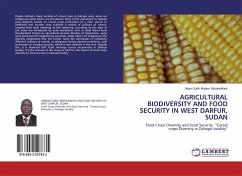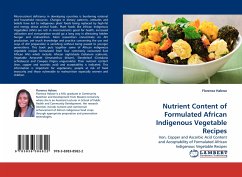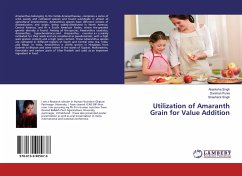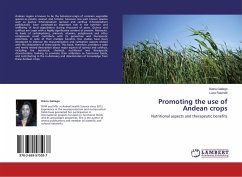This paper intends to highlight the significance, effects and implications of collaborative efforts between national and international agricultural research organizations with implications for new crops like amaranth (Amaranthusspp) and quinoa (Chenopodium quinoa). According to Fishbough (1997), agricultural research collaboration has been defined as a formal cooperation established between two or more autonomous partners whose aim is to attain substantive or symbolic goals that no partner could achieve alone. It is mostly initiated and owned by the will of partners that seek access to external resources for capacity building and to run joint projects. Collaboration is also done as a partnership of students, faculty, and community members who come together to engage in research and development projects, with the purpose of solving pressing problems and leading to social changes.

